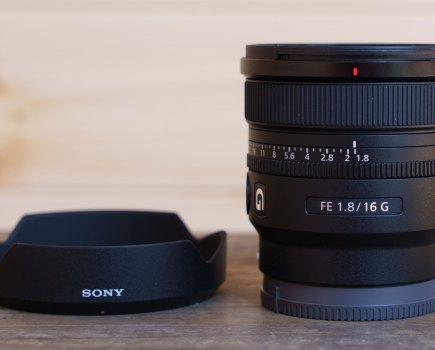Possibly the biggest surprise announcement at Photokina 2014 is the Panasonic Lumix CM1 – ‘a camera with Android rather than a smartphone with a camera’ as Panasonic like to call it. The standout feature of the Lumix CM1 is its 1-inch sensor that’s significantly larger than the sensors found in most smartphones today. Put into perspective, the CM1’s sensor has the same dimensions as the chip located inside Sony’s pocket compact – the CyberShot RX100 Mark III, bringing dramatic improvements in image quality to smartphone users conscious of capturing the highest level of detail possible.
So why launch the Panasonic Lumix CM1at Photokina rather than at the recent IFA expo – the world’s leading trade show for consumer electronics and home appliances? In a meeting with Panasonic, the manufacturer was keen to stress that the Lumix CM1’s camera is the key talking point not the fact it runs the Android 4.4 KitKat operating system and is capable of making phone calls. ‘Photokina feels like the more suitable place to launch this product’ Barnaby Sykes, Head of Imaging Marketing at Panasonic UK, told AP.
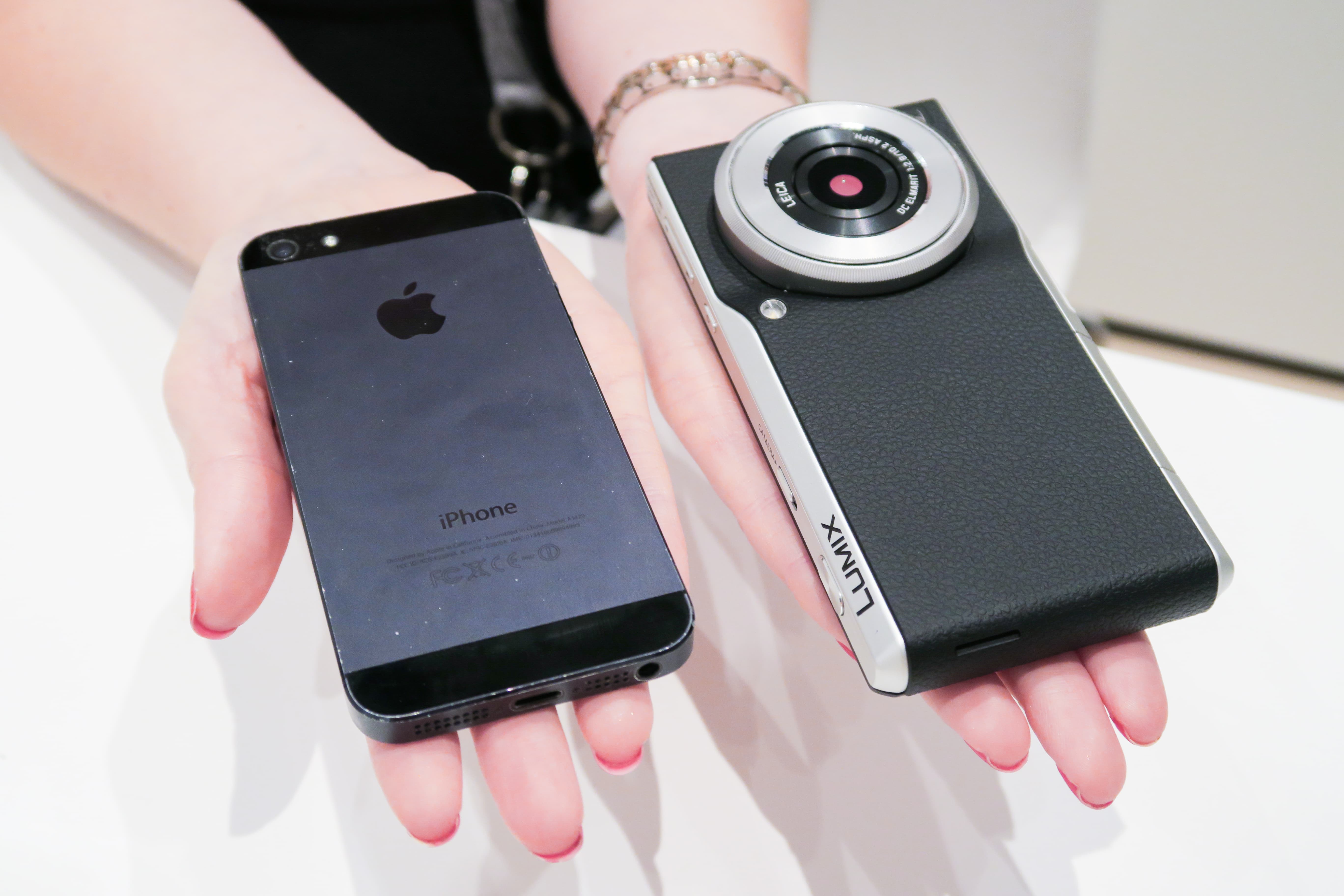
Back to the camera’s credentials, the Lumix CM1 features a 20-million-pixel sensor, which is paired alongside a LEICA DC ELMARIT lens that offers a focal length equivalent of 28mm and a maximum aperture of f/2.8. Switching the camera on extends the zoom, however this is merely for focusing purposes and the lens remains fixed at 28mm with no option to zoom like Samsung’s Galaxy S4 Zoom.

Other interesting camera specs include an ISO range that runs from ISO 200-12,800, a mechanical shutter, manual control of exposure and the ability to shoot movie footage in 4K – just like the company’s Lumix GH4, and more recent Lumix FZ1000.
Elsewhere, the Lumix CM1 has a 4.7-inch 1080p screen and comes with a 16GB internal memory that can be bolstered to facilitate 4K footage by adding a 128GB micro SD at the side.
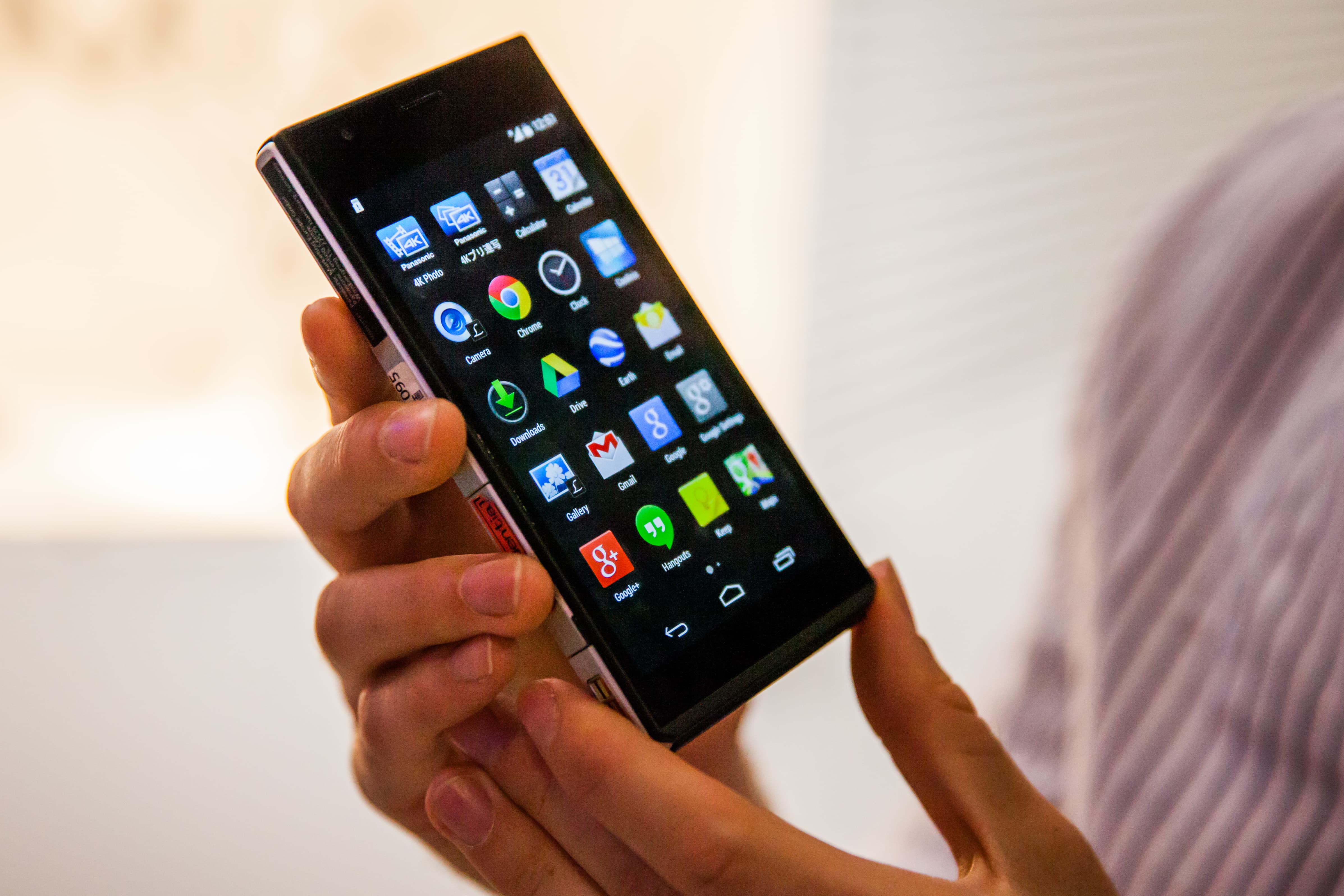
Charging of the device is made via micro USB, although the contacts at its base are a giveaway we can expect to see it used with some form of docking station. At the rear of the device there’s a 4.7-inch Full HD (1080p) LCD touchscreen, which has a 6,220k-dot resolution, while at the front it inherits the same faux-leatherette finish from the manufacturers CSC models to match the same style and provide a refined and tactile feel in the hand. As to be expected, there’s also a front camera positioned at the top of the screen – a 1.1MP camera for those wanting to shoot the occasional selfie.
As for the smartphone side of things, it runs Android 4.4 KitKat on a 2.3GHz quad-core Snapdragon processor and comes powered by a Li-ion battery pack (3.8v, 2600mAh) that’s claimed to have enough juice to fire off 300 shots.
Unfortunately those in the UK will have to wait some time to see the Lumix CM1 as it’ll initially only be available in France and Germany. Why? Asking this question during our time with Panasonic, the manufacturer was keen to stress they’re out to test the water in Europe first to see what the uptake is before potentially bringing it to UK shores. As for price, the CM1 is expect to cost in the region of €800.
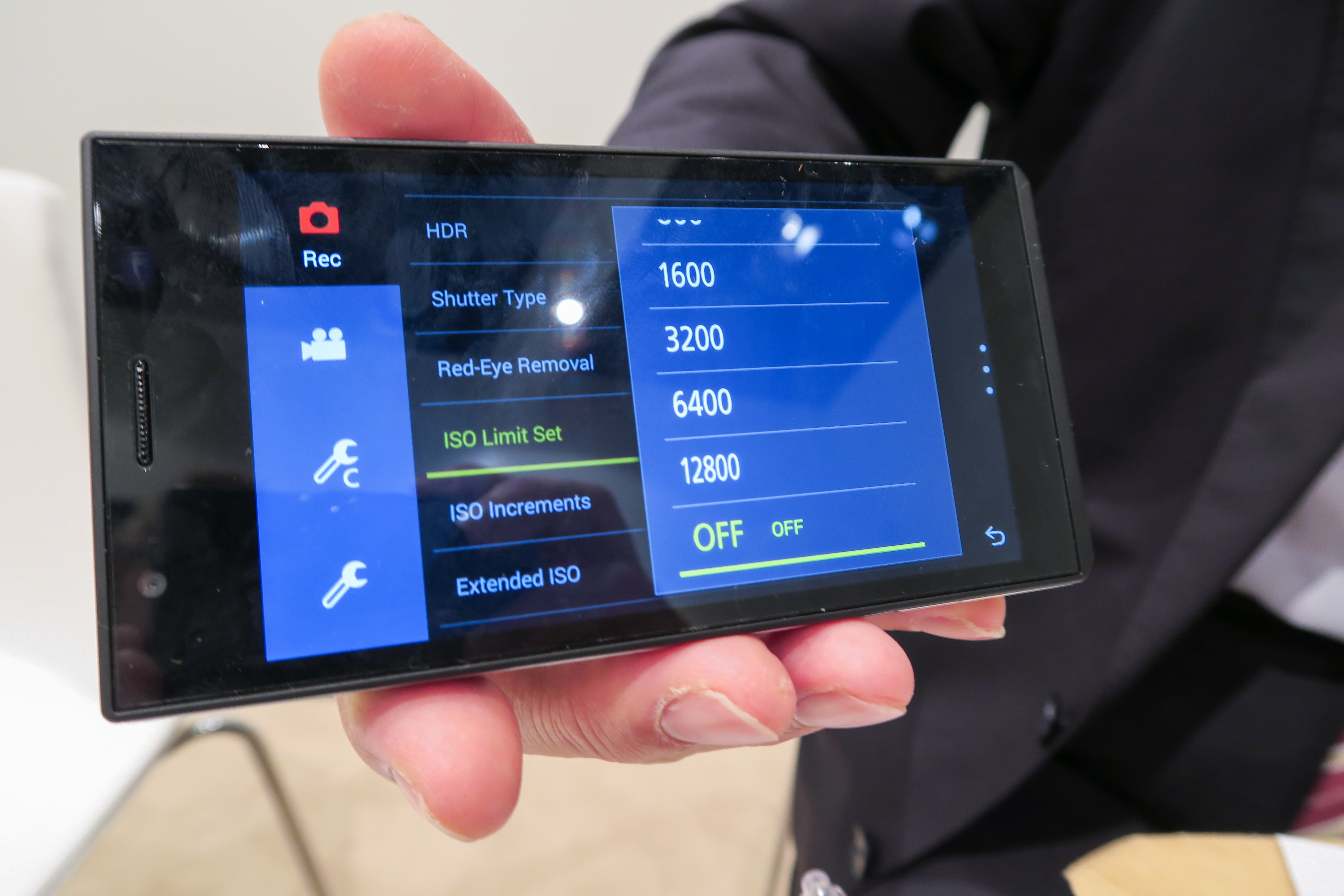
Panasonic Lumix CM1 – First Impressions
Despite being thicker than your average smartphone, the CM1 feels refreshingly slim compared to some camera phones such as the Samsung Galaxy S4 zoom and Samsung Galaxy Camera. It slips into the pocket with ease and the brushed aluminium top and prominent Lumix branding only adds to the premium look and feel. Held to the ear, it got some interesting looks from those around me, as no doubt it would on the street, but as a phone to hold it feels little different to holding any other smartphone of a similar size and weight, and feels nicely balanced in the palm of the hand.

Operation of the Android interface was exceptionally fast, the same of which can be said for the lens, which extends from the body in a fraction over a second. The camera toggle on the top plate is also a nice touch. This allows users to switch in and out of camera mode on the spur of the moment and is conveniently positioned for quick access using your index finger. Focusing speeds were swift with barely any sign of hesitation in the relatively dim lighting conditions surrounding the CM1’s display cabinet and the camera interface features reasonably large text on a light and dark blue background, with separate icons to setup stills and movie settings.

As for the GUI, it’s little different to what you’d expect from a smartphone running Android 4.4. The screen presents a crisp, clear and vibrant image with prominent icons for quick and trouble-free navigation. The only oversight I could find as far as design goes is that the CM1 can’t stand up on its own (in either landscape or portrait format) without being supported against something. This could be an issue for users who regularly like to shoot images using the self timer and those who like to run into group shots.
The micro USB charging port is located neatly above the headphone socket and a in-built flash is included beside.
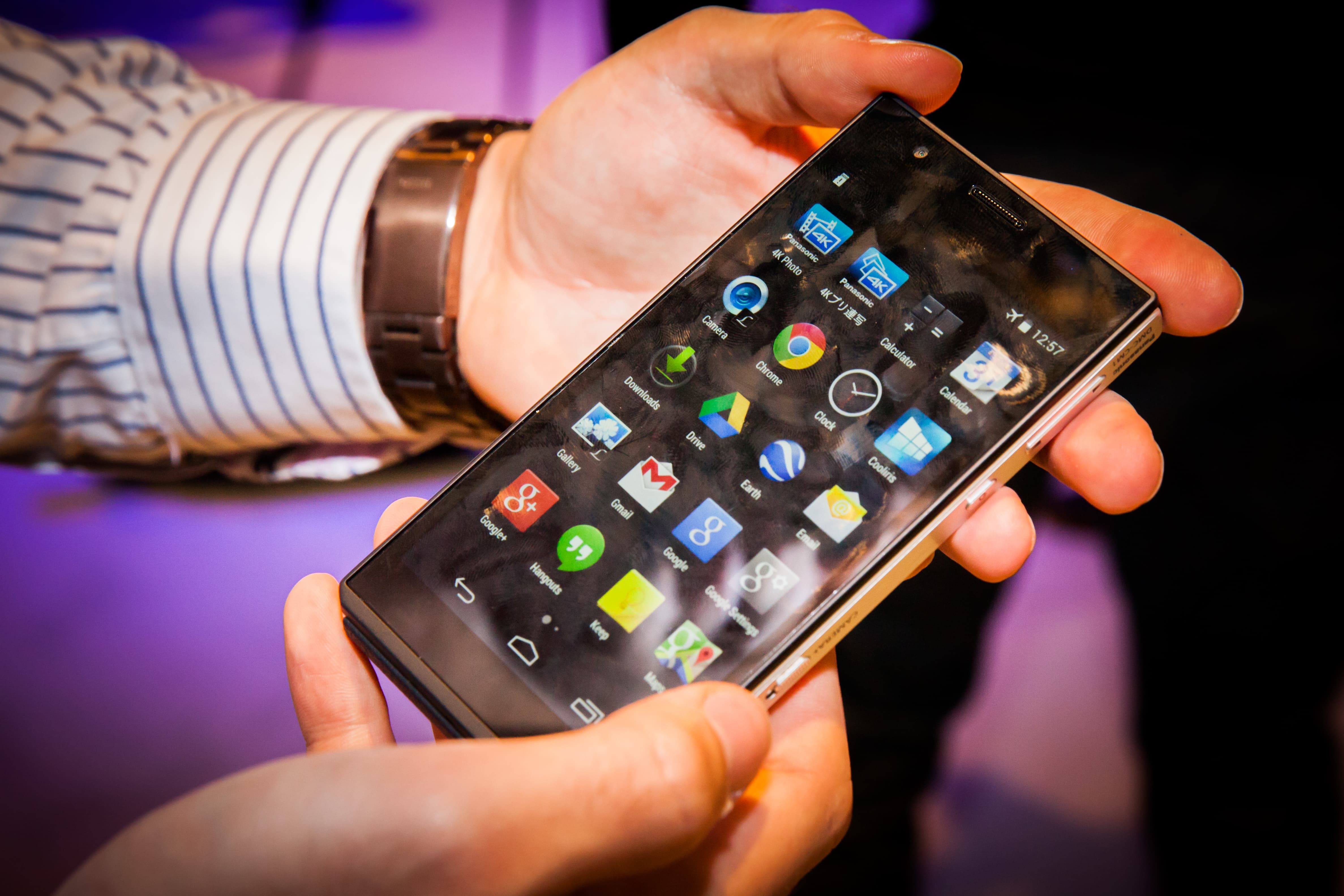
Specification
Dimensions (Approx.): 135.4 [W] x 68.0 [H] x 21.1 (Body 15.2) [D] mm
Weight (Approx.): 204g with Battery, UIM Card and microSD Memory Card
Display: 4.7-inch Full HD LCD with Touch Screen (6,220k dots)
Sensor: 20.1 Megapixels 1-inch High Sensitivity MOS Sensor
Lens: F2.8 / 28mm LEICA DC ELMARIT
Aperture: F2.8-F11
Mechanical Shutter: Yes
Manual Exposure: A/S/M Mode
4K Video Recording: Yes (15p)
4K Photo Application: 4K Pre-Burst / 4K PhotoCapture
Network: OS Android™ 4.4 (KitKat)
CPU: Qualcomm® MSM8974AB 2.3GHz Quad-core
Cellular: LTE / WCDMA / GSM
Memory: Internal 16GB
Card slot: microSDXC, up to 128GB
Battery: Li-ion Battery Pack (3.8V, 2600mAh, 9.9Wh







